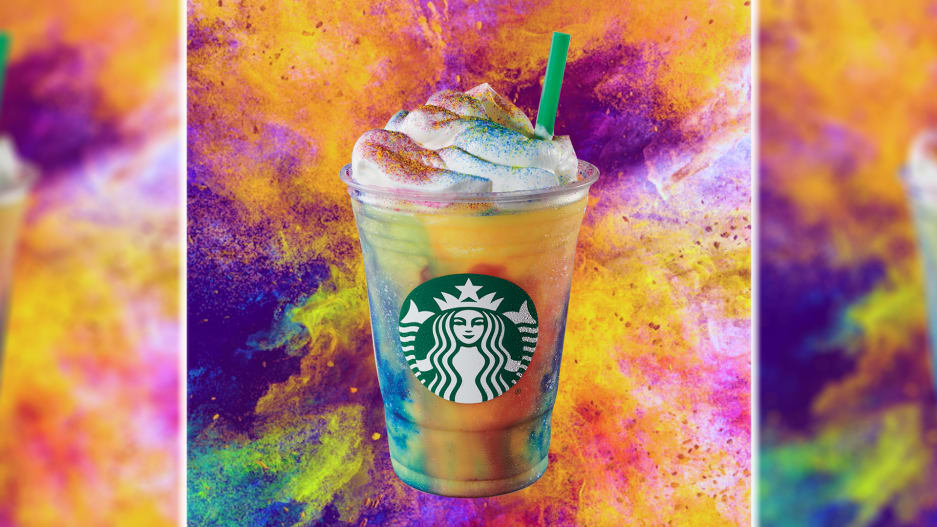The Sweet and Sour History of Sugar Prices
A recent report described a commodity trader buying up thousands of swimming pools’ worth of sugar, potentially moving the market.
Meanwhile, this month, a trade spat broke out between the US and Mexico. At the centre of the flare-up was sugar. Speculation and international politics have both been major factors in the tumultuous, millennium-spanning history of sugar’s trade on the world market. The following episodes in the history of sugar prices show how, for humanity’s sweet-tooth, pleasure and terrible suffering have often been intimately intertwined.
The Price of Sugar (1784 - 2017)

Swimming Pools of Sugar (2006-16)

Source: Ahl Baku, CC BY-SA 4.0
Between mid-2015 and mid-2016, the price of sugar doubled. A major beneficiary of this swing was Wilmar International. A palm-oil producer, the company has, according to one report, bought ‘more than 6 million tons of sugar…since 2015, enough to fill roughly 3,000 Olympic-size swimming pools at a cost of some $2.3 billion.’ Bad weather and a weak dollar helped boost the commodity's price. Swings like last year’s are not new to the world sugar markets. Following decades of relative calm, the last 15 years have seen major ups and downs in the price of sugar. Looking farther back, the fortunes of consumers worldwide have sloshed for centuries in the swimming pools of sugar traded on world markets every year.
Weather patterns and Brazil’s allocation of its sugar to ethanol production have been recurring factors over the last decade. In 2006, for instance, the sugar price passed 20¢/lb before rapidly falling. Observers of the Brazilian crop in particular called sugar futures the ‘Pop Rocks of the commodities world’ in that year. Then, in 2009-11, the price hit highs not seen since the early 1980s as adverse weather from India to Brazil delivered lower than expected supplies amid diminished stockpiles and the ongoing ethanol boom. Weather and changing sources of demand have not been the only important factors in sugar's long, bittersweet history, though. Just as crucial have been slave labour, war, and changing production techniques.
The Queen of Cavities (1226-1790) Humanity’s love affair with sugar goes back over two millennia. Ancient Sanskrit texts offered sugary recipes. In the Early Middle Ages, Arabs spread the sugar cane plant across the Mediterranean. Soon, Crusaders brought it back to Britain, and the trickle of the plant, known for its medicinal qualities, slowly increased to the north. British elites adopted sugar, imported from Venice, as a luxurious addition to their banquets.
As early as 1226, Henry III is known to have made a request for three pounds of sugar. From then on, the quantities of sugar on royal tables only grew. A few centuries later, a German visitor noted how Queen Elizabeth I’s teeth were blackened from her sugary diet, ‘a defect the English seem subject to.’ By this time, sugar was an important vehicle for conspicuous consumption. A banquet thrown in honour of that queen of cavities featured sugary sculptures depicting everything from soldiers, castles and drummers to mermaids, unicorns, oysters and frogs.....MUCH MORE
Starbucks wants you to suck down 3 days’ worth of sugar in one Tie-Dye Frappuccino
